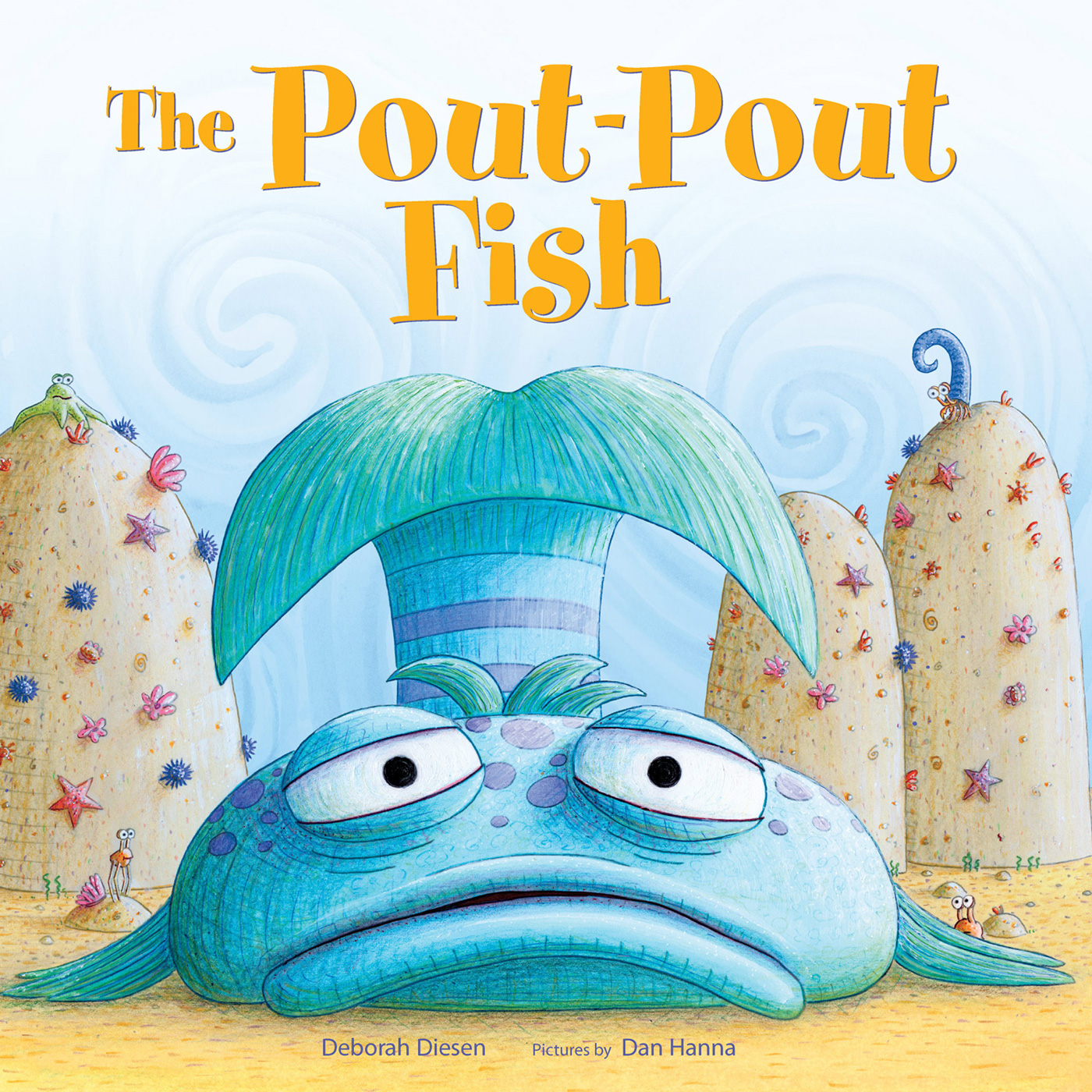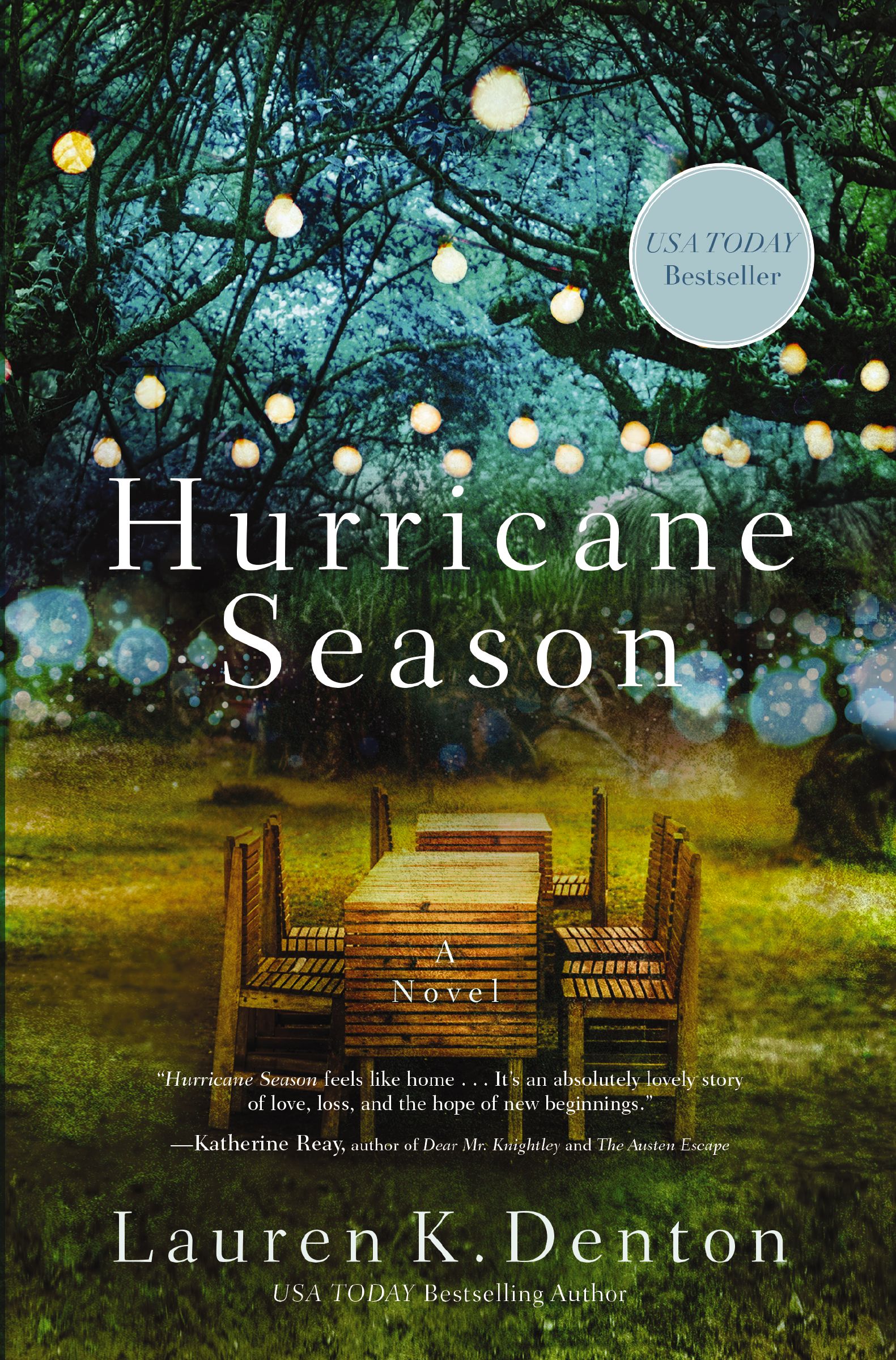Classification Of Thunderstorms Including Single-cells, Multicell Lines, Supercells, Severe Thunderstorms, And Mesoscale Conve
by Patrick Sing
2021-01-12 22:04:03
Classification Of Thunderstorms Including Single-cells, Multicell Lines, Supercells, Severe Thunderstorms, And Mesoscale Conve
by Patrick Sing
2021-01-12 22:04:03
Please note that the content of this book primarily consists of articles available from Wikipedia or other free sources online. There are four main types of thunderstorms: single-cell, multicell, squall line, and supercell. Which type forms depends o...
Read more
Please note that the content of this book primarily consists of articles available from Wikipedia or other free sources online. There are four main types of thunderstorms: single-cell, multicell, squall line, and supercell. Which type forms depends on the instability and relative wind conditions at different layers of the atmosphere. Single-cell thunderstorms form in environments of low vertical wind shear and last only 20-30 minutes. Organized thunderstorms and thunderstorm clusters/lines can have longer life cycles as they form in environments of significant vertical wind shear. The supercell is the strongest of the thunderstorms, most commonly associated with large hail, high winds, and tornado formation. This book studies various types of thunderstorms including insolation, squall line, mesocyclone, and the severe thunderstorm warning. Project Webster represents a new publishing paradigm, allowing disparate content sources to be curated into cohesive, relevant, and informative books. To date, this content has been curated from Wikipedia articles and images under Creative Commons licensing, although as Project Webster continues to increase in scope and dimension, more licensed and public domain content is being added. We believe books such as this represent a new and exciting lexicon in the sharing of human knowledge.
Less






























